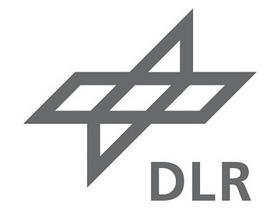Purpose of the Course
An important feature of PIV and LPT (Lagrangian Particle Tracking) is that a reliable basis of experimental flow field data is provided for direct comparison with numerical calculations and hence, for validation of flow simulation codes. During the last years an increasing number of scientists have started to utilize the PIV techniques to investigate the instantaneous structure of velocity fields in various areas of fluid mechanics. A large number of different approaches for the recording and evaluation of PIV images have been described in literature. This course, which is the 26th course on PIV since 1993 organized by DLR, will mainly concentrate on those aspects of the theory of PIV relevant to applications. Besides giving lectures on the fundamental aspects, special emphasis is placed on the presentation of practical and reliable solutions of problems which are faced during the implementation of this technique in wind tunnels and other test facilities. During practice the participants will have the opportunity to carry out the recording and the evaluation of PIV images by themselves in small groups. Matured developments of the PIV technique such as Stereo PIV, Time Resolved PIV, Micro-PIV and recent innovations in 3D(t)-PIV/3D-PTV (tomographic and digital holographic PIV, 3D LPT Shake-The-Box) will be discussed and demonstrated.
The main interest of today's research in fluid mechanics is more and more directed to problems where unsteady and separated flows are predominant. For investigations of flow fields with pronounced spatial structures and/or rapid temporal or spatial changes (transition from laminar to turbulent flow, coherent structures, pitching airfoils in transonic flows with shocks, rotors, test facilities with short run time, etc.) experimental techniques, such as Particle Image Velocimetry (PIV) are required which allow to capture the flow velocity of large flow fields instantaneously.



